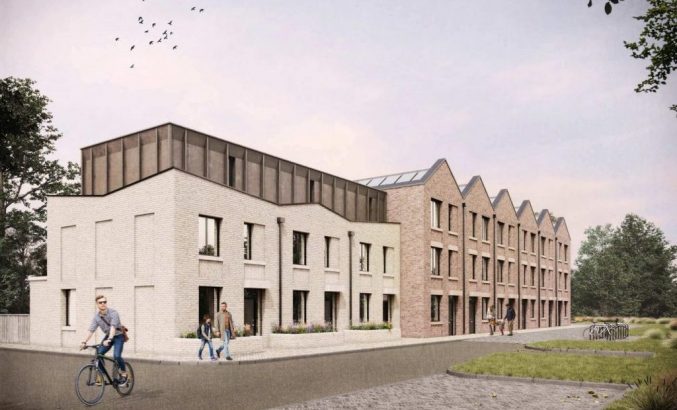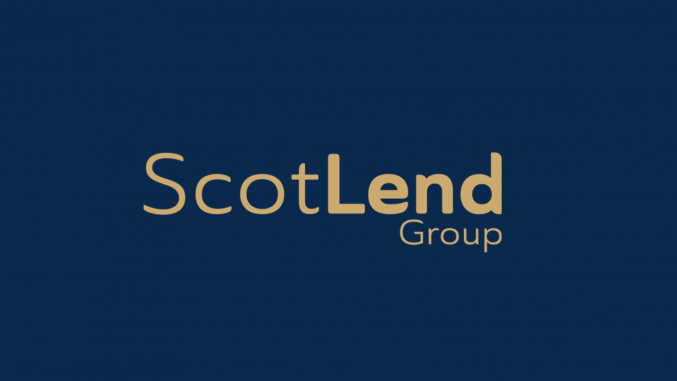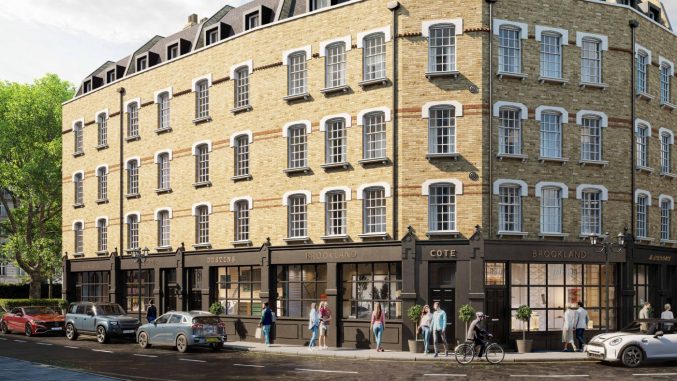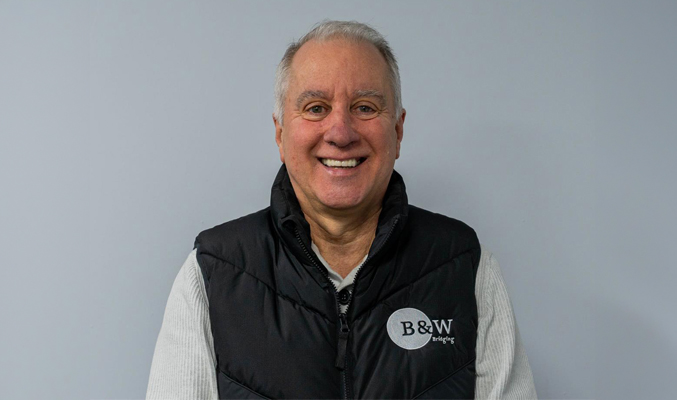What is a development loan?
By Bridging Loan Directory

A development loan is a medium-term (usually from 12-36 months) loan to fund real estate projects with a construction element to the facility.
This can include ground-up development or a large conversion. The loan will be paid back via either a sale of the asset(s), or a refinance for an investment, term loan.
Development lenders offer loans secured against the asset including the land it is being built upon.
They will offer the loan for a period that is long enough for the development to be completed, plus additional time for the developer to ‘exit’ the project.
Development loans are usually made available up to a maximum percentage of the cost of the project (Loan to cost – or LTC), and/or the expected value of the completed property development (Loan to Gross Development Value, or LTGDV).
The interest rate is usually composed of two elements – the lender’s annual rate (often called the margin), plus a reference rate (currently usually either LIBOR or Base Rate).
How does this differ from a bridging loan?
A bridging loan is made to a client in order to purchase land whilst the owner adds value to the land by amending planning or sets up a building process to create an asset upon the land.
Sometimes a Bridge is made to an asset owner whilst he is selling the asset(s) upon the land. Usually, under the terms of the Bridge, the client is not allowed to amend or develop the land.
What criteria normally needs to be met to be granted a development loan?
Lenders will want to ensure their interests are protected, and will normally consider a number of criteria including:
- The type of construction of the property being developed
- The location and commercial viability of the development
- The credibility of the exit strategy (for example, are similar properties selling well in the area?)
- The ability to place a legal charge over the property, and personal guarantees
- The property development experience of the borrower, and the professional team involved in the project
- The borrower’s residency
- Evidence of the borrower’s ability to pay the deposit
- The nature of, and domicile of, any legal business entities involved in the application
- The borrower’s credit history
- The status of the planning consent
How might a development loan be repaid?
As development finance and loans relate to larger projects, the sale or renting out of the units that have been built may be stretched out over a prolonged period.
Developers may consider a number of ways to repay the borrowing, for example, a development exit bridge which repays the development loan in full, or a term mortgage if they intend to keep the properties themselves to rent out.
Development Loan FAQ
As a company that helps people find the right development loan provider, we have been asked hundreds of different questions in relation to securing development loans. For this reason, we have answered some of the most common on this page.
What is a property development loan?
A property development loan or development finance is a short-term loan for residential property developments – such as a construction project.
How do property developers begin raising finance?
The most important step is getting planning permission (if required), then filling in a robust application.
How easy is it to get a loan for property development?
If you have got the right exit strategy in place and the lender deems you eligible, you should be able to get a development loan.










You must be logged in to post a comment.